5 Indispensable Kyushu Foods for your Pantry
Enjoy The Tapestry Of Tastes From Southwestern Japan
Dive into local Japanese cuisine from Kyushu with the five foods below which can be easily incorporated into your cooking rotation!
Whether you like spicy, sweet, citrusy or herbaceous flavors, Kyushu’s pantry staples have you covered.
Yuzu Kosho
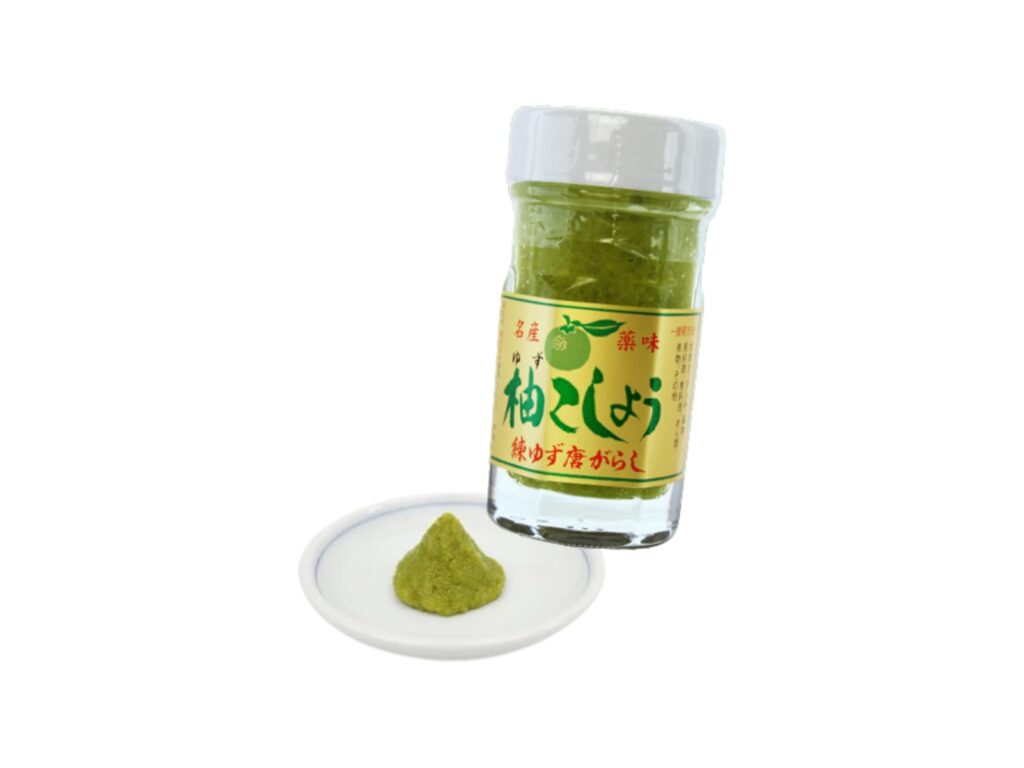 © Photo by Hoshisan
© Photo by HoshisanIn Kyushu dialects, the word “kosho” refers to togarashi (a type of chili pepper) rather than black pepper. So, yuzu kosho is a refreshing and spicy citrusy burst of flavor that comes from just three ingredients: yuzu peel, togarashi and salt. Although green togarashi is considered the standard, red and yellow togarashi are also sometimes included as well. While yuzu kosho undoubtedly is a product of Kyushu historically, there is some debate as to its exact origins (Oita prefecture and Fukuoka prefecture both claim it!) with local families each having their own versions. It is said to have reached nationwide popularity after being prepared commercially as a souvenir from the famous hot spring resort town Yufuin in Oita.
Yuzu kosho is a mildly spicy addition to many foods but is perhaps most often served with a protein, such as alongside sashimi or to dress grilled meats like yakitori. It is also delicious when mixed into gyoza sauce!
Try this one: Hoshisan Yuzu Kosho
Amakuchi Shoyu
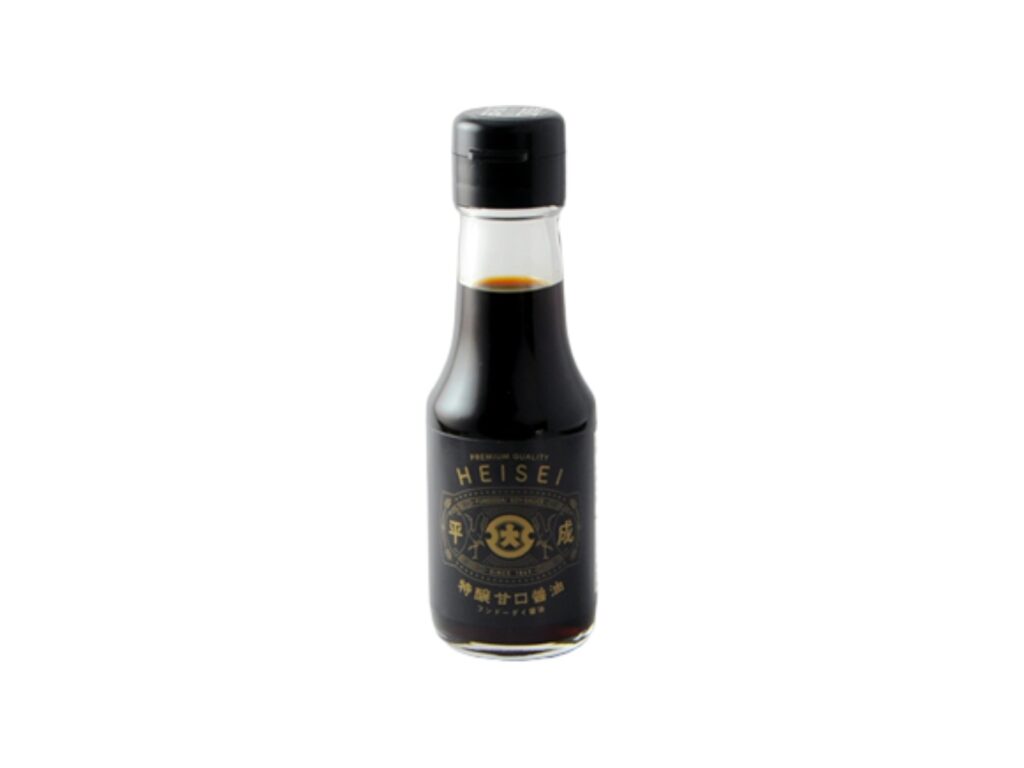 © Photo by Fundōdai Heisei
© Photo by Fundōdai HeiseiAmakuchi shoyu, or sweet tasting soy sauce is an off-shoot of Koiguchi (dark soy sauce) but with added sweetness. This type of soy sauce is often used in yakionigiri (fried rice balls), tamagokake gohan (rice topped with raw egg and soy sauce) and to season seafood, such as shrimp.
While Kyushu is not the only region in Japan to produce this soy sauce (the Hokuriku area, for example, also does), the island has an overall preference for using it. There are several compelling reasons suggested for this. One is related to climate; generally, the more south and closer to the ocean you are in Japan, the sweeter the soy sauce. As such, southern and sea-adjacent Kagoshima is known for having the sweetest soy sauces. Another theory notes that Kyushu’s proximity to Japan’s native source of sugar, Okinawa, as well as the Nagasaki trading port, meant that historically there was easier access to sugar than in other parts of the country.
Try this one: Fundōdai Heisei Amakuchi Shoyu
Karashi Mentaiko
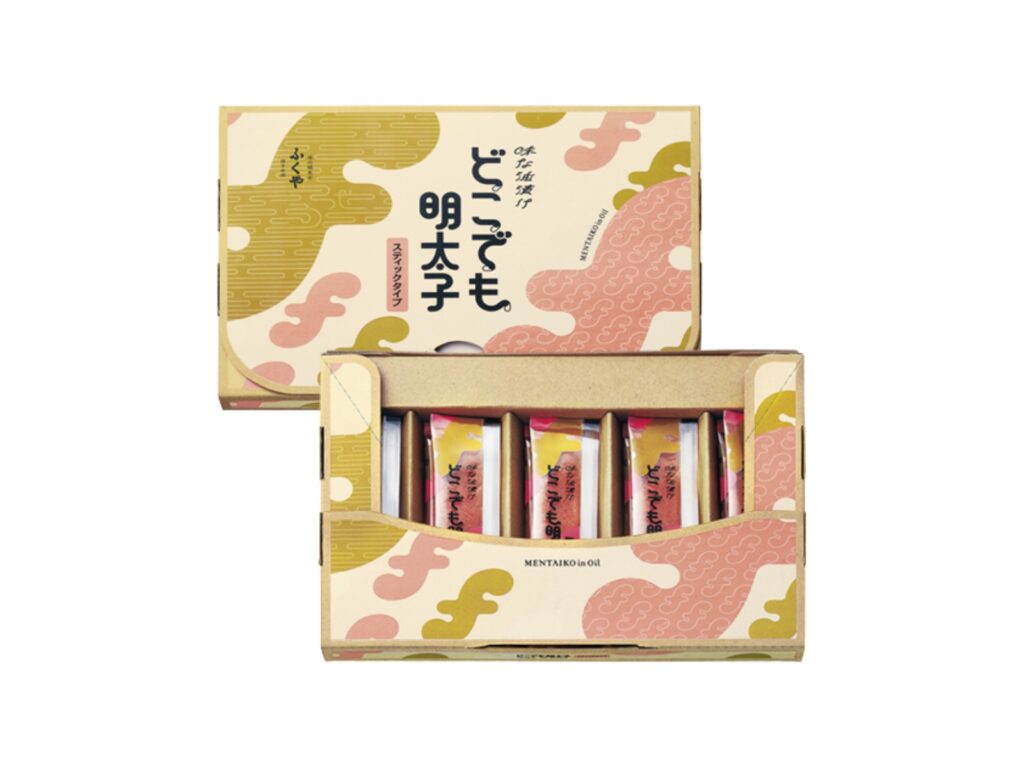 © Photo by Fukuya
© Photo by FukuyaKarashi mentaiko, or spicy pollock roe, is a favorite of Fukuoka prefecture and one of its most popular omiyage (souvenirs). Its looming presence in the region’s culinary landscape is thanks to the rich history of foreign exchange. Indeed, Japanese-style togarashi spice and salty mentaiko is thought to be strongly influenced by Korean dishes which pair the fish eggs with kimchi and gochujang (a spicy-sweet fermented sauce).
Mentaiko in Fukuoka is often served simply over white rice, but it can come in many forms. The spiciness and taste profile also vary depending on the brand, with industry leaders, Yamaya promising a smooth taste and Fukuya offering multiple spice levels of their house togarashi blend. In your kitchen, a particularly convenient format is the pre-packaged “sticks” ready to be squeezed over an onigiri or a salad, used as a dip or even mixed with milk and butter and served over pasta!
Try this one: Fukuya Doko Demo Mentaiko
Kabosu Ponzu
 © Photo by Kabosu Ponzu
© Photo by Kabosu PonzuPonzu is a classic Japanese condiment, akin to a vinaigrette, that is made from a combination of citrus vinegar such as yuzu, sudachi or kabosu, and soy sauce, mirin and dashi. Kabosu are a special Japanese citrus variety, with a taste that is somewhere between a lemon and a lime with a hint of yuzu. Kabosu are also locally grown in the Kyushu region with almost 99% of production based in Oita prefecture. The uniquely aromatic, tangy and mildly sweet nature of kabosu make for a delicious ponzu sauce.
Kabosu ponzu is commonly served in Oita prefecture as a dipping sauce for local specialty, toriten (chicken tempura) or karaage (fried chicken). Kabosu ponzu is also popularly served on mozuku seaweed as an ideal summer dish and drizzled into hot pots for an extra zesty hit during the winter months.
Try this one: Kabosu Ponzu
Ureshino-cha
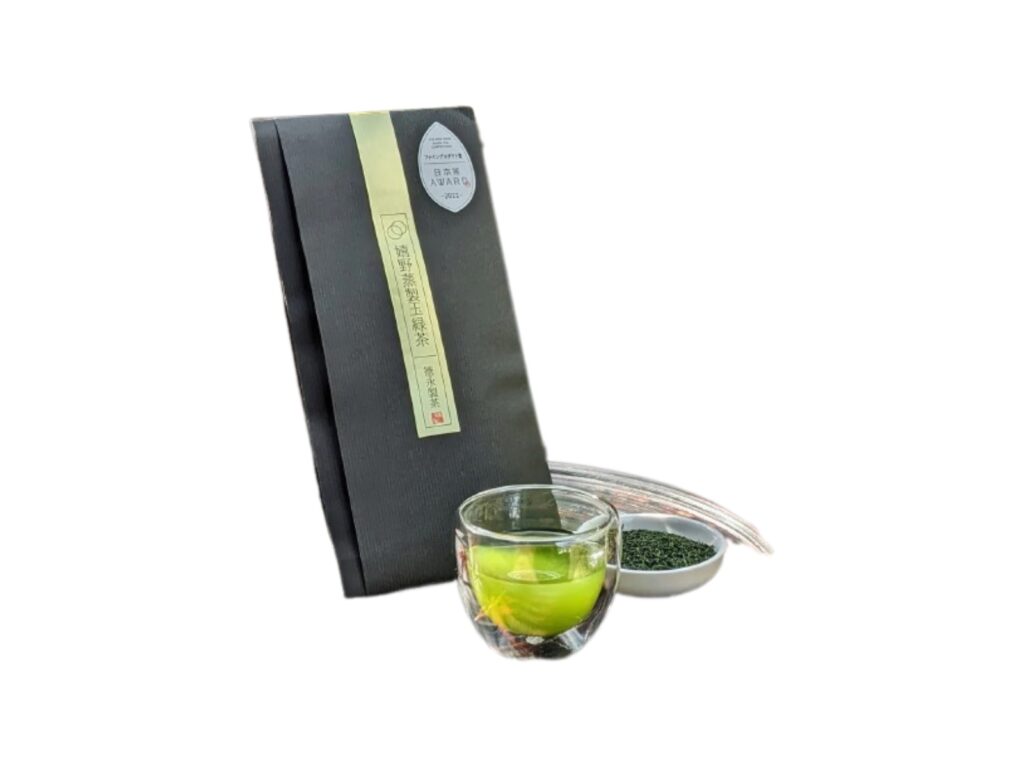 © Photo by Tokunaga Seicha
© Photo by Tokunaga SeichaUreshino city, located in Saga prefecture, is famous for its hot springs and for its tea. In fact, Saga was the very first place in Japan to have a green tea plant via a monk on his way back from China. Ureshino’s premier form of green tea, tamaryoku-cha, meaning “rolled leaves,” comes in two forms: kamairi-sei (pan-roasted) or mushi-sei (steamed). The pan-roasted version is known for its rich flavor and refreshing scent, while the steamed type is notable for its full-body aroma and rounded taste.
More than just for tea drinkers, Ureshino tea is used to make cha-shabu, a specialized hot pot dish in Saga where tea extract is added to the broth to help soften meat, and in cha-buro, where tea leaves are scattered in open-air baths for skincare benefits.
Try this one: Tokunaga Seicha Ureshino Mushisei Tamaryokucha
Do you have any Kyushu favorites we forgot? Let us know in the comments.












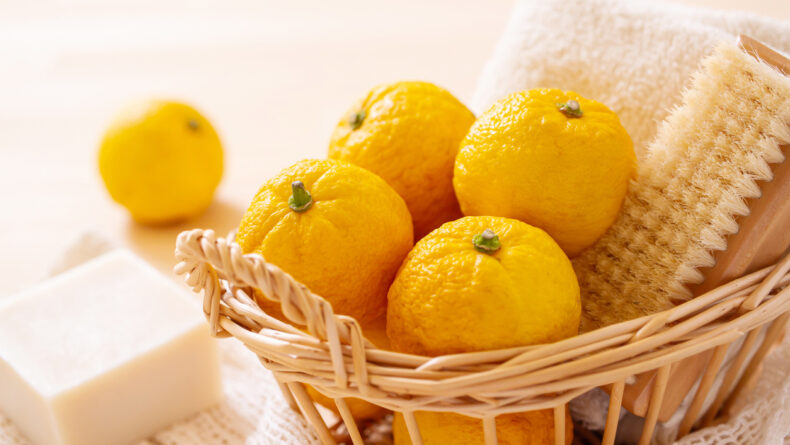
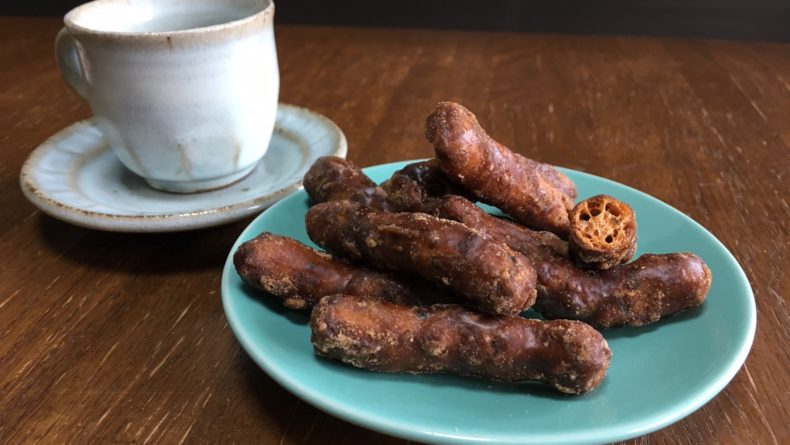
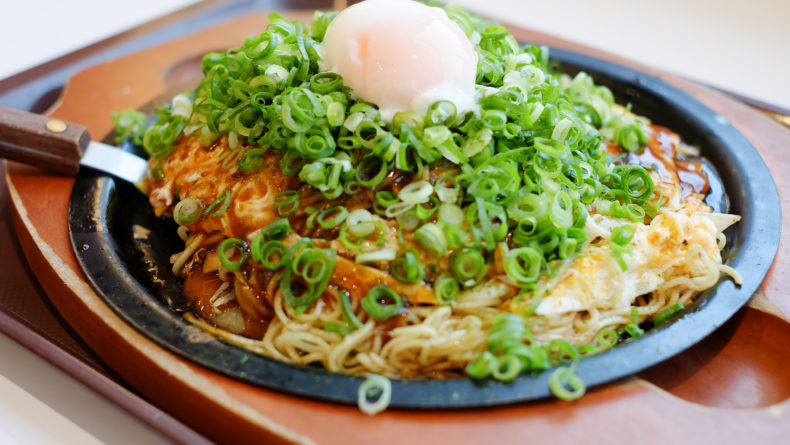
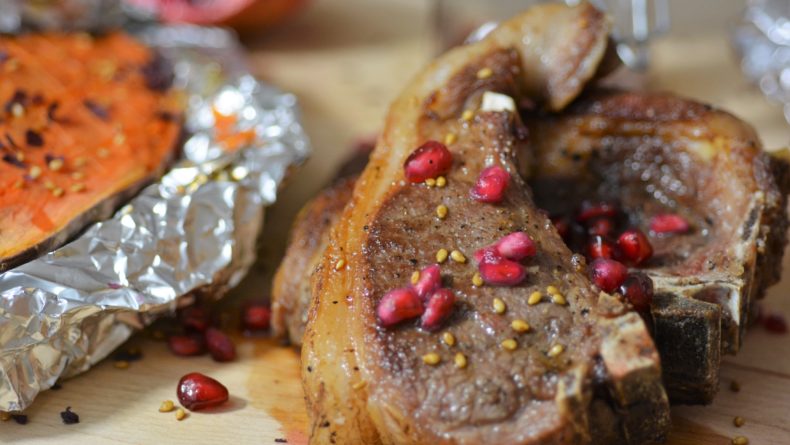
Leave a Reply